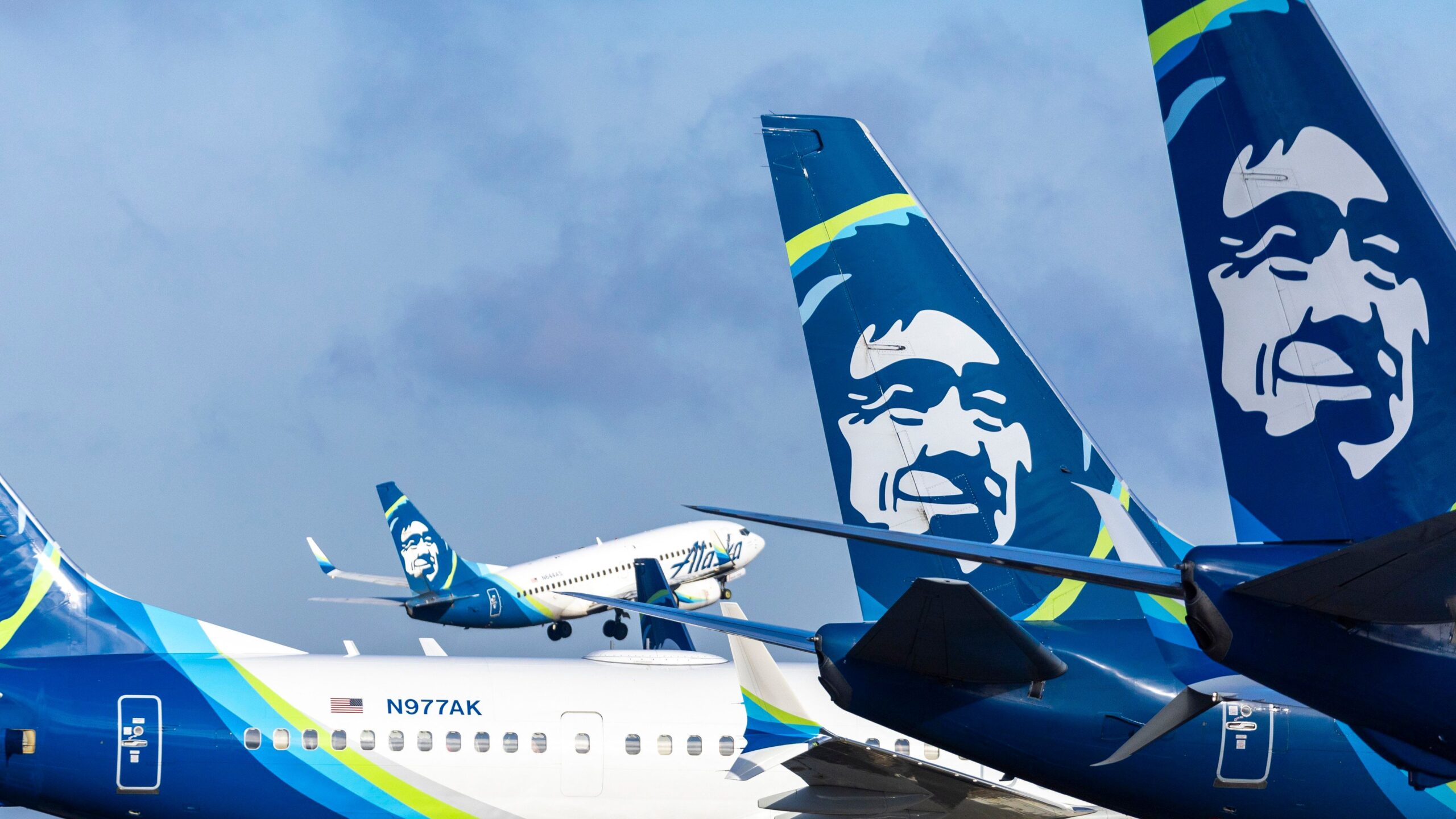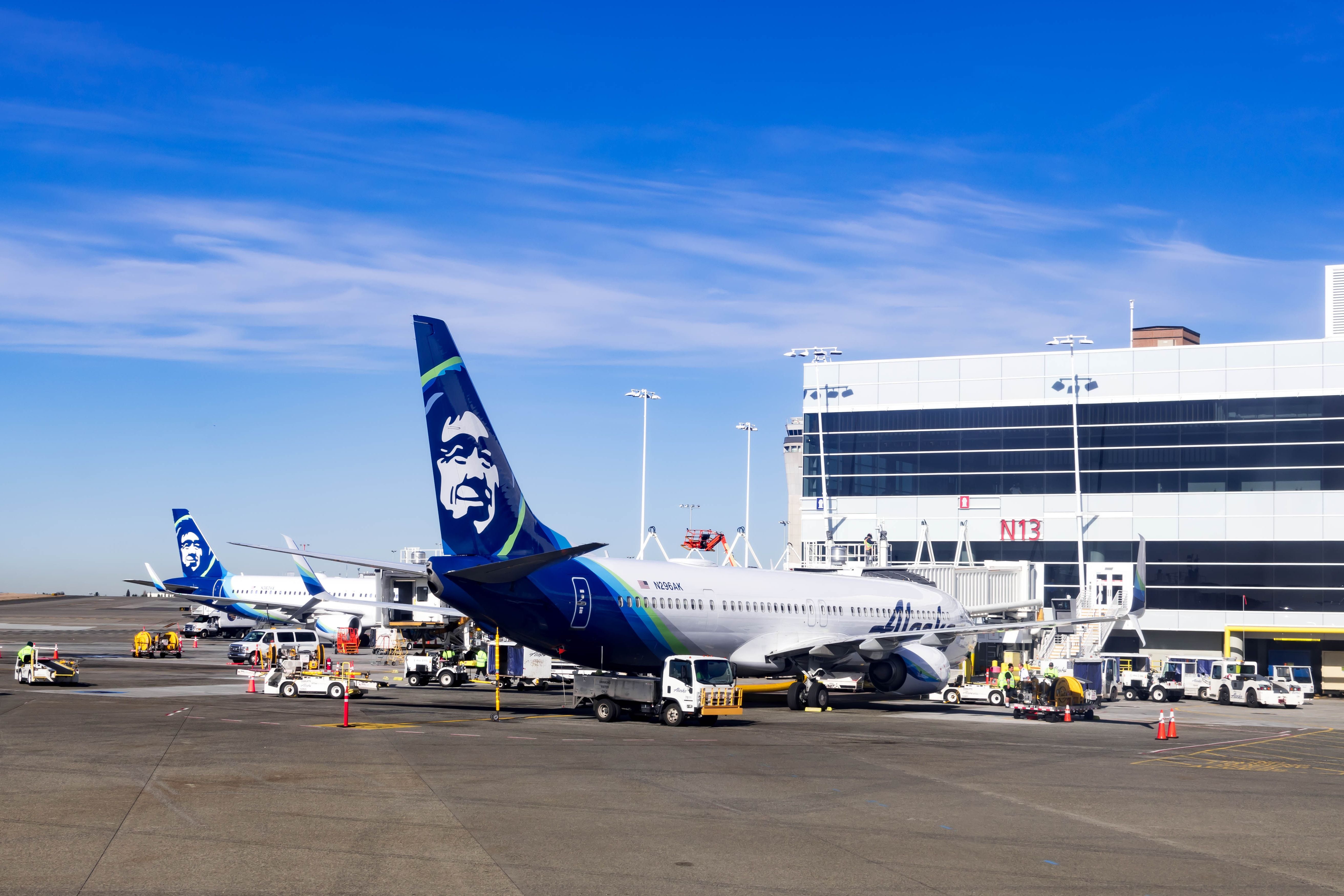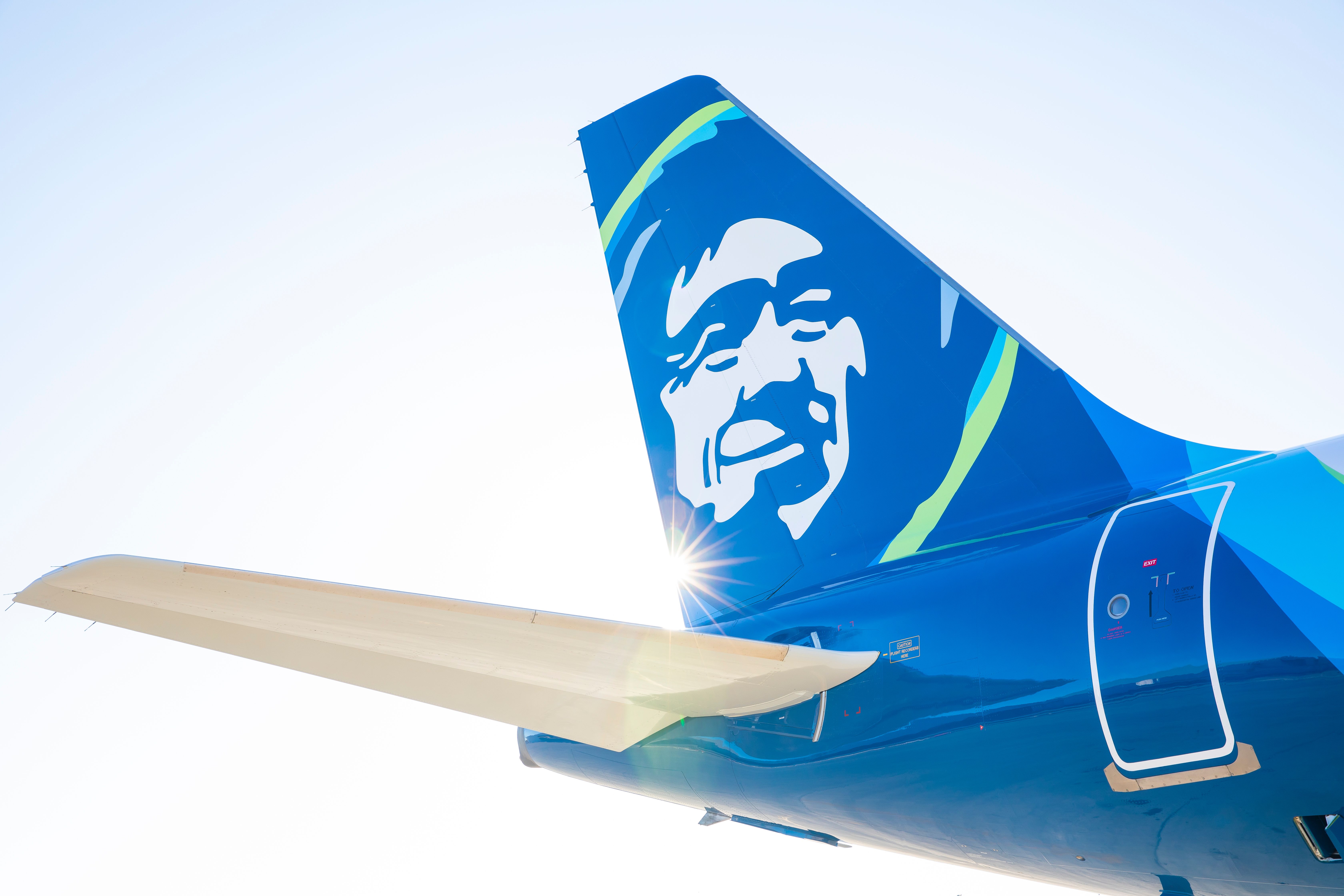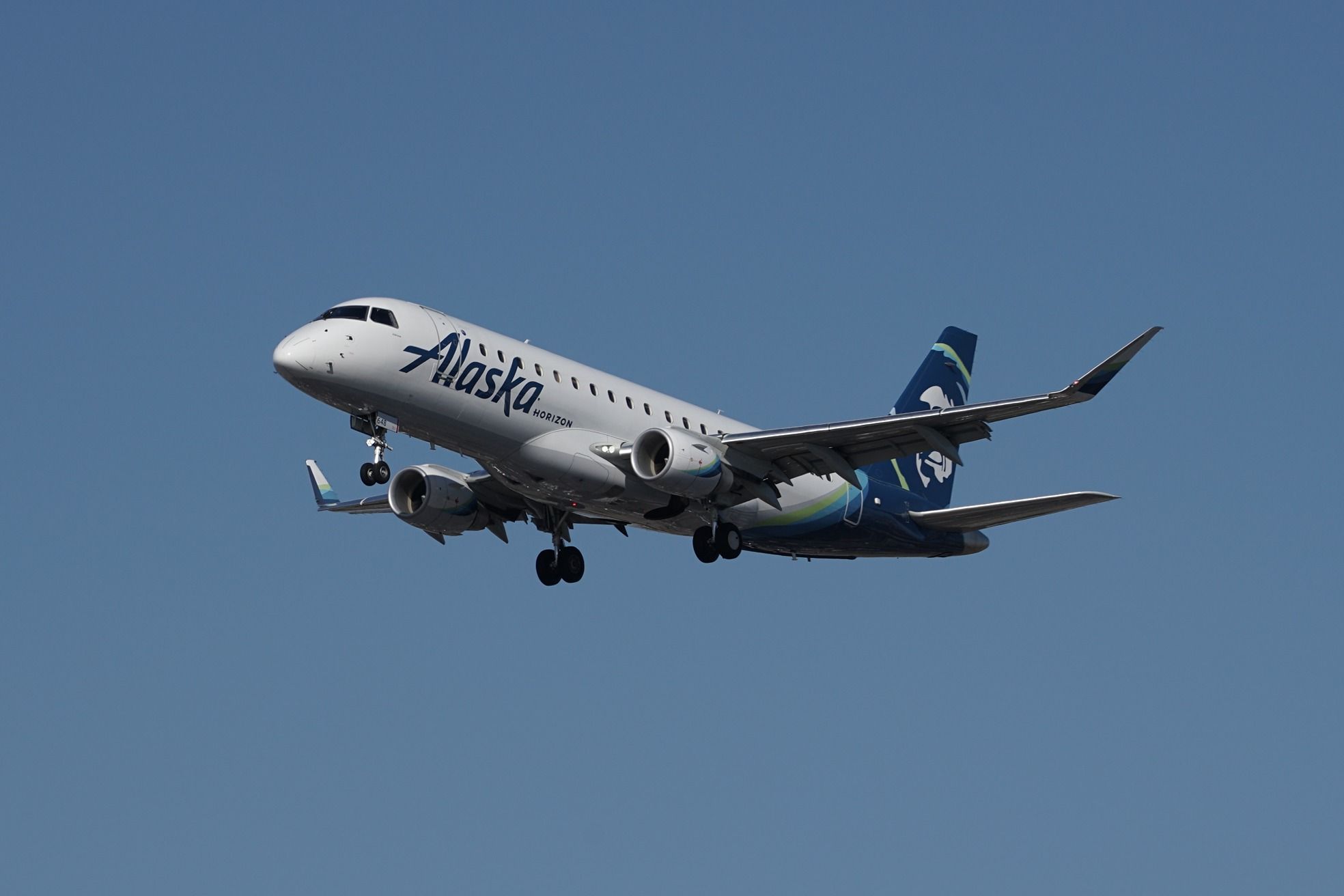Seattle-based ![]() Alaska Airlines
Alaska Airlines
is doubling down on its sustainability efforts by returning a popular perk for its frequent flyers. The carrier, which says 2023 was a “test year,” is allowing travelers to earn elite status by supporting sustainable aviation fuels (SAF)
.
Through a partnership with Chooose software, the program allows passengers to buy SAF credits online and earn elite-qualifying miles (EQMs) from the purchase. Last year, Alaska said the program was a “great success,” as it was able to support more than 500,000 gallons of SAF.
A 5,000 EQM limit
The airline announced on Friday that Mileage Plan
members will be able to purchase SAF credits through December 31st. Members can earn 500 EQMs per $100 of SAF credits purchased, but they are only limited to a 5,000 EQM bonus. The SAF credits can be purchased on the airline’s website.
Photo: Bill Roque | Shutterstock
Funds from the purchases will contribute to the use of SAF while positioning Mileage Plan members to reach their mileage target by the end of the year to earn elite status for the year ahead. Nearly 9% of members last year reportedly maximized their contribution of $1,000, which supported more than half a million gallons of SAF.
Photo: Alaska Airlines
The program is also linked to a feature that allows passengers to purchase SAF credits straight from booking a flight. According to the airline, travelers can choose their amount to support SAF based on a percentage of the estimated emissions footprint associated with their trip.
“All-in approach”
Diana Birkett Rakow, Alaska’s Senior Vice President of Public Affairs and Sustainability, spoke about the importance of SAF.
“While SAF is a critical part of the journey to decarbonize aviation, it will take all of us to grow supply and make it commercially viable for widespread use. Alaska has an all-in approach to advance SAF, including engaging our guests in the journey while helping them meet their elite status goals.”
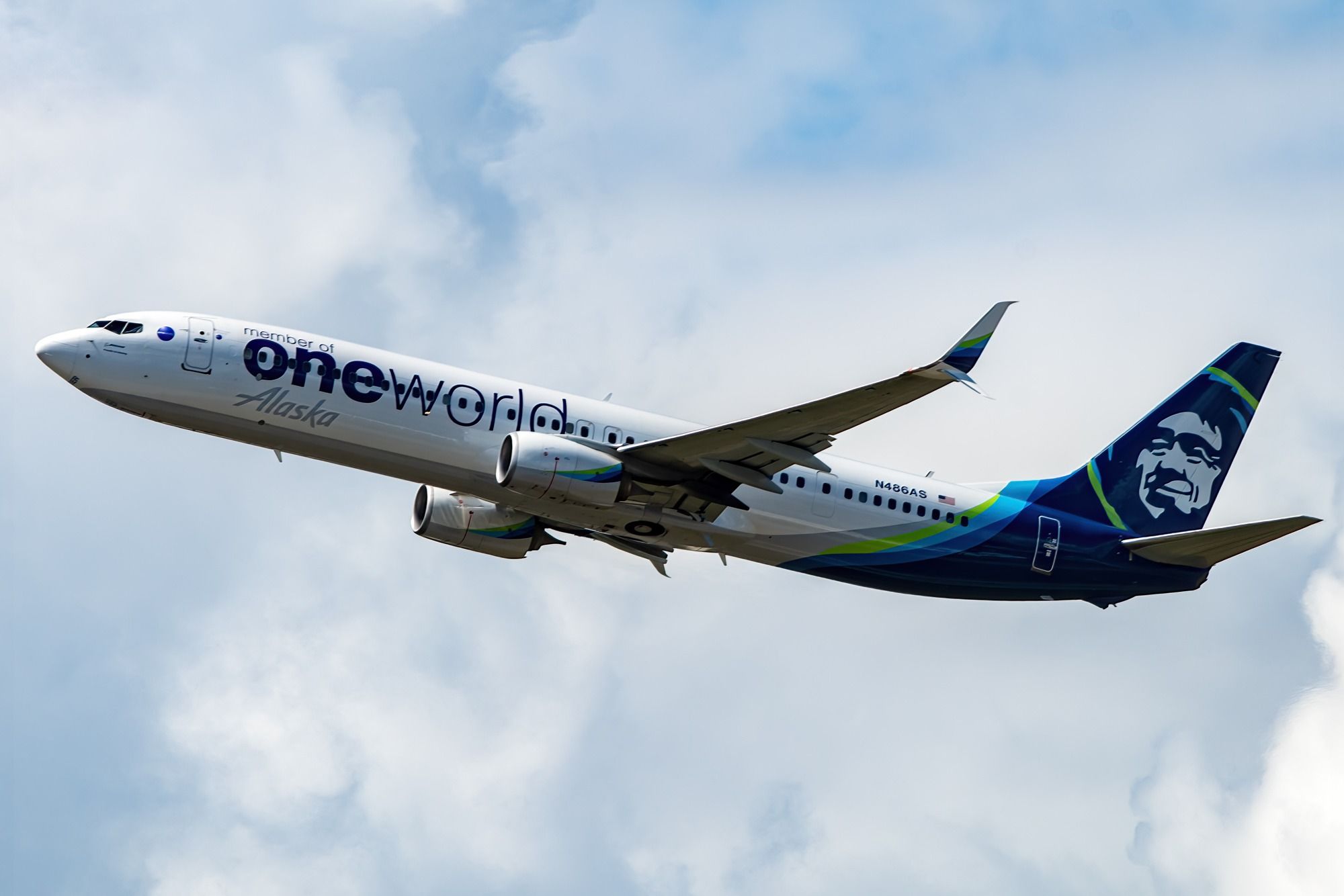
You Might Also Like
Sustainability To The Test: Alaska Airlines Tries Out Reusable Cups Inflight
It comes as the carrier has already introduced a handful of initiatives to reduce onboard weight.
With less than 1% of SAF currently produced globally, the fuel is two to seven times more expensive than traditional jet fuel
. Alaska has been working to become a leader in the SAF market for more than a decade.
Photo: GingChen | Shutterstock
Since 2010, the carrier has partnered with several organizations to produce up to 80% lower carbon emissions compared to traditional jet fuel:
- Collaborating with Microsoft to work towards reducing emissions from business travel
- Becoming the first US airline to fly several routes with SAF in 2011
- Partnering with the Department of Energy and Wells Fargo Bank to discuss the challenges and opportunities SAF poses with essential stakeholders
- Establishing an agreement with E-Jet company Twelve to collaborate and execute the first commercial flight powered by recaptured carbon E-Jet fuel
- Striking an agreement with Shell Aviation to expand the SAF market and deepen the understanding of the support needed to scale its supply
EverGreen journey
Alaska has set a long-term goal to achieve net zero carbon emissions by 2040. As part of its EverGreen journey, the airline’s five-part path to reach its goal includes: operational efficiency, fleet modernization, SAF, new technology, and high-quality carbon removals as needed to close the gap.
“Alaska Airlines has always focused on running our business to care for all who depend on us, including our planet,” the carrier said. “We strive to reduce our negative impacts on the environment, increase our positive ones, and inspire others to be part of the solution.”

Read Next
How To Book First Class Flights With Alaska Airlines Miles
Mileage Plan miles can be used to book any oneworld airline plus several other partners – giving many first class options.

